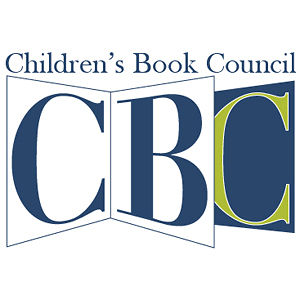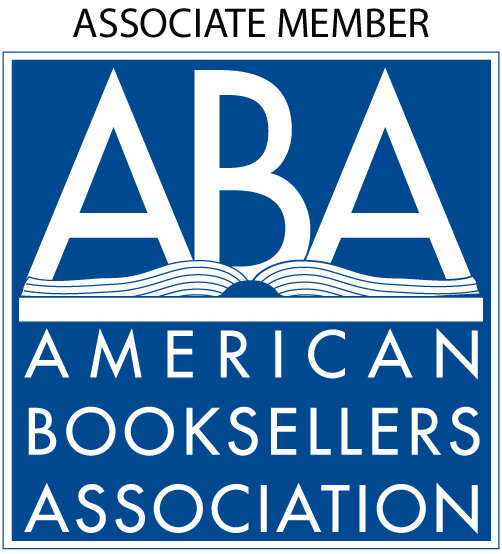Is a toad a frog, or a frog a toad?
/by Conrad J. Storad
photos by Meghan Nichols and Laurie Storad
Young children are naturalists without the formal training. The environment outside provides laboratories of many kinds. Learning can take place at the pond across the street or in the woods around the block. Advanced study is always ready and waiting at a vacation beach with family, or near a summer camp lake with friends and classmates.
Kids are notoriously curious. They ask endless questions and perform primitive experiments just to find out how and why things are the way they are. Do you remember the many questions you had growing up in your world of outdoor play? Hopefully, you enjoyed playing outside and weren’t afraid to get your hands and clothes dirty.
I did, and I wasn’t. And I do remember a few outdoor explorations and questions from those early days with friends, brothers, and a sister. How deep a hole can we dig on this beach before it fills with water?
What kind of creatures do you think live under this rotten log? Will that bug bite or sting me if I grab it?
What does that toad’s skin feel like? How far can I see from the top of this tree? How long will it take for this tadpole to grow legs?
Luckily, I’m getting lots of chances to relive my early days of exploration through the eyes of my grandchildren. My granddaughter Hadley, a kindergartner-to-be, is way ahead of her older brothers when it comes to curiosity about Nature’s little secrets. She routinely peppers me with questions. For her, I’m a walking, talking “Google search.”
She nailed me with a good one during the annual Memorial Day fishing derby at our neighborhood pond. The day was beautiful, but the bluegill and bass were not cooperating. Patience is not the strongest trait for preschoolers or kids of elementary school age. The cane poles and bobbers were quickly left on the grassy banks. Of much greater interest were the swarms of tadpoles in the green algae near the pond’s mucky edge.
Some of the kids already knew that tadpoles were young “frogs-to-be.” Others even knew that they were a stage beyond eggs. Hadley took it a step further with her question. But first, some background for context.
A week earlier, Hadley had caught a toad at her babysitter’s home. Of course, the toad had to go home with her. Toads make great pets with the proper habitat and care. A large glass jar and an occasional worm does NOT meet the criteria. With some prodding, Hadley’s mom was able to convince her that the toad was better off with its “family.” She reluctantly returned it to the spot where it was found. Days later, her aunt bought her a small frog to keep as a pet. Again, frogs make great pets with the proper habitat and care… But, back to the pond story.
Hadley’s bucket was filled with tadpoles. Her hands covered with gunk, she looked at me and asked, “Toppy (my grandpa name), is a frog a toad? She paused, then added, “Or is a toad a frog?”
Do you know? Turns out, this question does not have an easy answer. For the people who study them, there is no real scientific difference between frogs and toads. However, there are lots and lots of physical differences between the more than 7,000 known species of frogs and toads living on Earth today. So the complete answer is a bit more complicated.
Scientists classify animals based on lots of different characteristics. For example, frogs and toads belong to the same big animal group. Both are amphibians. These are cold-blooded creatures that spend the early part of their lives in water. In the water, they breathe with gills, like fish. When older, amphibians will live on land, but often stay close to water. They breathe air through lungs, like us.
Most frogs and toads look and act quite differently. But don’t be too quick. Some look very similar. It can get confusing. Following are some of the most common ways to tell them apart.
Frogs:
Must live near water to survive.
Have smooth, moist skin. They appear slimy.
Have a long, narrow body with bulging eyes.
Have long, strong hind legs that help them jump high and far.
Are food for many predators.
Toads:
Live on land, but often near water.
Have rough, dry, bumpy skin.
Have short back legs. They take small hops instead of long jumps.
Don’t have many predators. Glands behind a toad’s eyes produce toxins that give a bitter taste and smell. The toxins burn the eyes and nose of predators.
The list goes on and on. Both female toads and frogs lay their eggs in water. But a frog lays eggs in a cluster or clump under the surface of the water. A toad will lay its eggs in a long chain. Some toads don’t lay eggs at all. They give birth to live young.
For me, one of the most interesting parts of a frog or toad’s body is its tongue. Both have long, sticky tongues that shoot out of their mouths like a New Year’s Eve party favor. A frog tends to have a longer tongue.
Frogs and toads use their tongues to capture insects, spiders, minnows, and other small prey. A toad has a shorter tongue. It needs to be closer to its prey. Toads rarely miss a six or eight-legged meal.
There are other differences as well. But what about this one: Is a tortoise a turtle…or is a turtle a tortoise? Hadley will have to wait. That’s a question for another day and column.
Some hoppin’ fun facts:
Toads have rough, bumpy skin. But those bumps are not warts. They are actually special camouflage that helps them blend into their habitat.
Frogs or toads live on every continent except Antarctica.
A baby toad is called a tadpole, or toadlet.
World Frog Day occurs in March each year. Save the Frogs Day is the first Saturday of April each year. National Frog Jumping Day is in May. And the Gary Diamond National Admire a Frog or Toad Day occurs on July 1st.
Resources to learn more:
Books:
From Tadpole to Frog by Kathleen Weidner Zoehfeld
National Geographic Readers: Frogs! by Elizabeth Carney
Frogs and Toads Discovery (Discovery Book for Kids) by Kate Cruso
Websites:
Lang Elliott Music of Nature
musicofnature.com/calls-of-frogs-and-toads-of-the-northeast/
All About Frogs.org
llaboutfrogs.org/froglnd.shtml
Easy Science for Kids – Frogs and Toads
asyscienceforkids.com/all-about-frogs-and-toads/
The award-winning author and editor of more than 50 science and nature books for children and young adults, Conrad J. Storad expertly draws young readers into his imaginative and entertaining “classroom” to help them better understand and appreciate the natural world.









